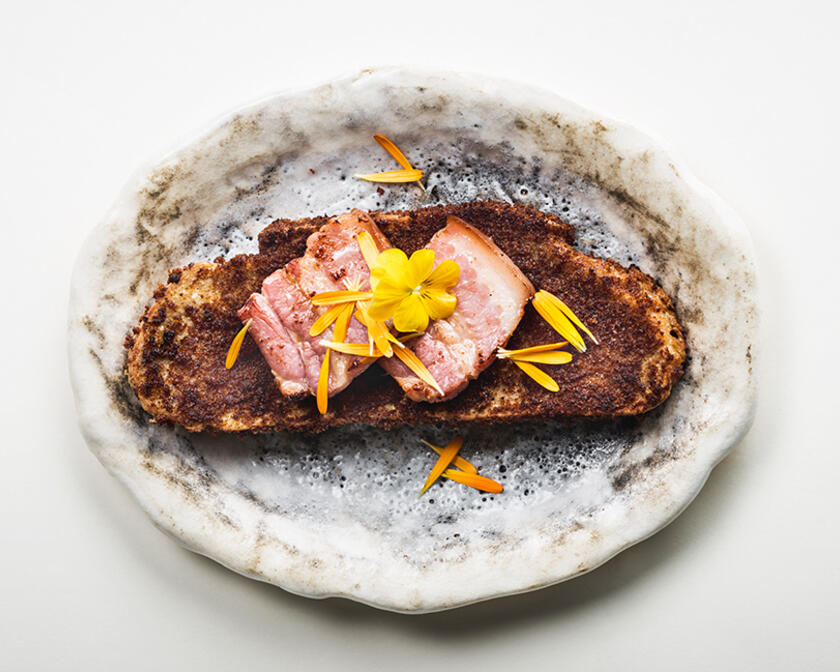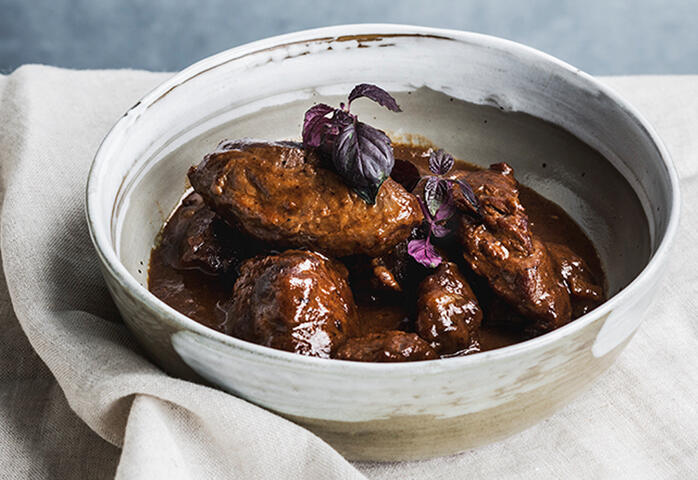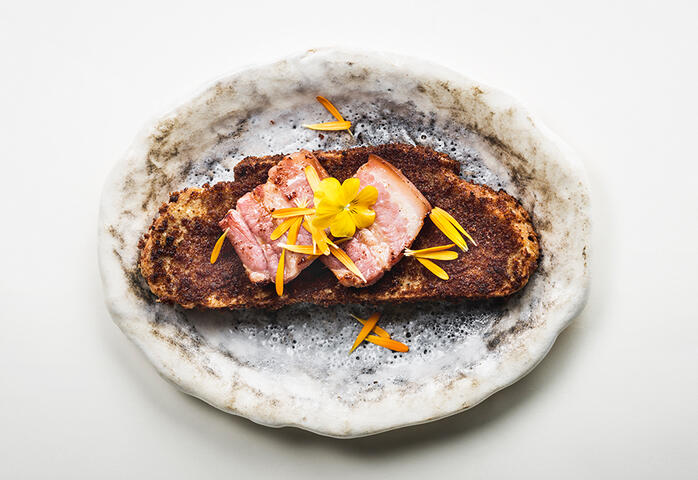Sweets from the bee garden
Around 1330, the religious complex of Saint Bavo’s Abbey bordered the Sint-Baafsvesten neighbourhood, which featured two green areas dotted with trees. Only the zone between the abbey and the fortifications was freely accessible. This zone was probably home to the bee garden. People could walk freely in the area.
The earliest mention of the bee garden dates from the 1262-1279 period. We do not yet know exactly why this area was named that way. We do know that honey was a prized sweet in these almost sugarless times. The oldest preserved accounts of the City of Ghent (1314-1315) mentions a tax on honey which accounted for no less than 0.8% of the city’s revenues.
In the 13th century, gingerbread bakers started to appear in all major cities in Northwestern Europe. The gingerbread made in Ghent was apparently very popular. A regulation of the City of Ghent from 1441 makes mention of a Ghent-based grocer who was entitled to sell his gingerbread throughout Flanders. Chauvinistic author Marcus van Vaernewijk (1516- 1569) furthermore writes down the following in the 16th century: “Ghent outperforms all other cities in the baking of high-quality gingerbread.”


